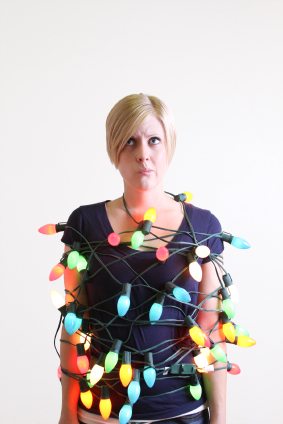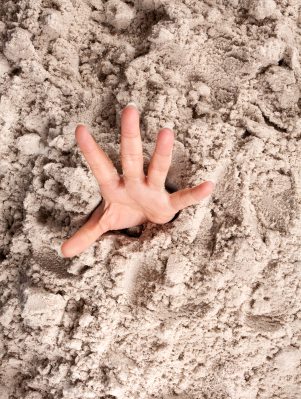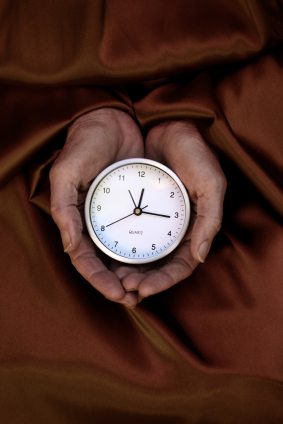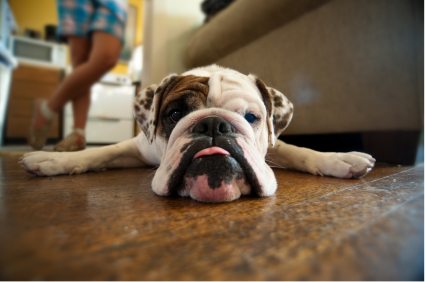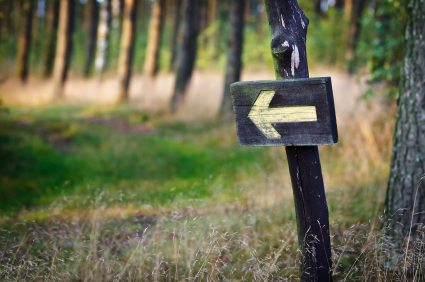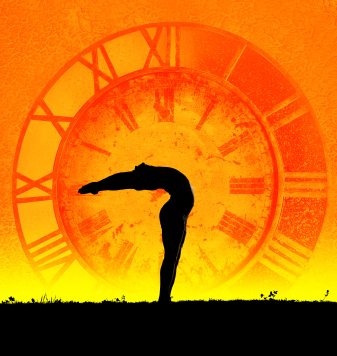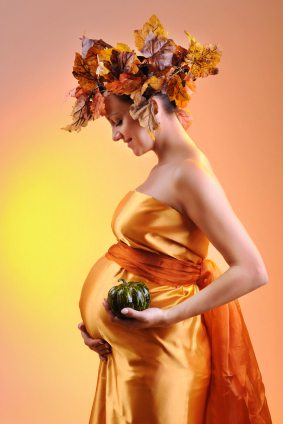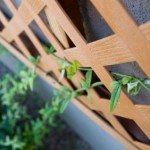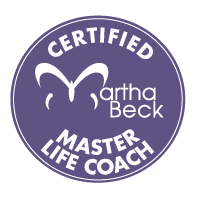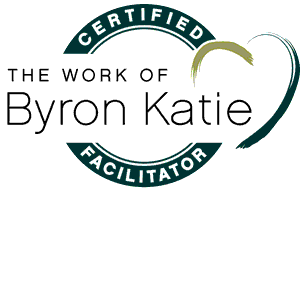Sitting at God’s Bus Stop

It’s Vacation Time, not the easiest assignment for the control freak that jumps into my body when the pandemic of stresses we call 2020 reaches a new level. My alarm system doesn’t even seem to know that it’s summer, some days. It just seems to go off without any provocation whatsoever. My days go most smoothly when I can truly stay present with what’s in front of me and handle essential decisions without getting caught in the grip of anxiety. Not an easy task, given the vigilance required to outsmart this virus. But vigilance fed by fear so easily tips into hypervigilance. Have you noticed?
So much of the future is completely unknowable right now. And yet plans do need to be made. It’s a highly complicated form of gambling involving hope, best guesses, prayer, and a toss of a lucky coin. Even those of us who aren’t in the direct path of the pandemic are taking calculated risks while attempting to live the lives that we have. And then along comes August. A time to let go. And the problem-solving mind, so helpful for daily vigilance has a few problems with that.
Hands off the steering wheel, my Wise Self reminds. It’s the only thing that makes sense right now, I calmly notice. And then the scared creature-child inside pops out with one whiff of the news. See all the good reasons to steer? Really hard? She trots out all her proof, and I move from social-distancing-and-face-covering-hand-washing caution to trying to control everyone around me, in ways subtle and not-so subtle. And the cycle continues, from fear to letting go of what I can’t control (most of it), and then reverting to all the Life Controlling Skills that seemed to work so well before, back when I believed that life could be controlled.
It’s a tricky business…
The other day I heard someone talk about “sitting at God’s Bus Stop.” This reminded me of some of my best memories of traveling, when all I could do was just that: wait at a bus stop or a train station or airport until I knew what to do next. Often this was the time when I could truly observe and experience my surroundings. For me, that’s about as close as one can get to the Mystery of life we sometimes call God.
So that’s how I’m spending my summer from now on. Giving my mind a vacation. For me God’s Bus Stop looks like this: hanging out in nature, listening for what is true and good and holy. I’m lucky to be able to go “off grid” at our rustic mountain cabin for days at a time, without phone or news. When I realize the world keeps turning without me, I come back with a calmer perspective. There’s more clarity about what to do about this world and when (or how) to do it, I’m better able to live in easy and light vigilance without the “hyper” part. To take the action that is mine, the one that truly matters. This has great relevance during this time in history.
So that’s where I’ll be the rest of the month. Waiting at God’s Bus Stop. May you also surrender to the pure pleasure of the summer that remains, even as you prepare for all that fall may bring. Because this season of abundance is too good to waste. And who knows what might show up while you’re waiting?
A Remedy for Blindness: Kindness

Since I’m in a state and county with very low COVID-19 numbers, and since I’m in a category both privileged and protected, I’ve had a luxury of contemplative time for self-reflection. What has emerged is a much deeper understanding of the power of the question, especially when it comes to my own thinking filters.
My whole life I’ve been someplace between intrigued and obsessed with questions. Life’s Big Questions. Living the Questions. 4 Questions and Turnarounds. My favorite question of all? “What am I not seeing or noticing?” This one is especially challenging, since the part of me that would usually answer is so unaware that it can’t see through the fog.
Months ago, when the pandemic hit, I asked my favorite question. I began to see how little I knew about everything from COVID-19 to the future. This was humbling but not personal, since we were (and are) all in this together. But when the pandemic of racism exposed itself for all the world to see, I began to realize how very many blind spots I had. And this time the cost, to others and myself, has been personal.
The past month I’ve been taking a deep dive to look at what I’ve been missing, with the help of some excellent books and films and videos. I’ve taken care to dose myself with self-compassion as I go about discovering everything I haven’t been able to see until now. This kindness has taught me my own innocence. It has taught me to keep going. To ask another question: What do I do now that I know? This is a question I’m still living with. The first clear answer came today. I’m sending this to you, my friends, with a list of my most educational and inspiring discoveries so far.
May these assist you in your own updates. And don’t forget to serve yourself a generous portion of kindness as you go.
Love In, Peace Out,
SgB
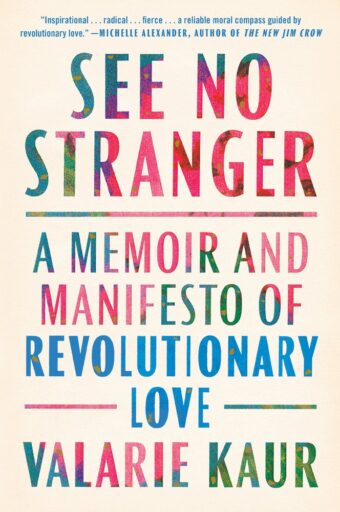 See No Stranger: A Memoir and Manifesto of Revolutionary Love by Valaurie Kaur
See No Stranger: A Memoir and Manifesto of Revolutionary Love by Valaurie Kaur
Kaur’s TED Talk: 3 Lessons of Revolutionary Love in a Time of Rage
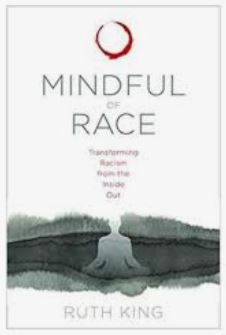 Mindful of Race by Ruth King
Mindful of Race by Ruth King
Sharon Salzberg interview with Ruth King: Sharon Salzberg has long been known for her approachable style and for bringing Metta Meditation (or Loving Kindness Meditation) to the West. In this podcast, Sharon interviews Ruth King on her work with mindfulness, racial conditioning, and justice.
 Van Jones on Racial Justice (Youtube): “A continent of new common ground has emerged and we don’t know what it is…” A moving five-minute clip about the meaning of these moments.
Van Jones on Racial Justice (Youtube): “A continent of new common ground has emerged and we don’t know what it is…” A moving five-minute clip about the meaning of these moments.
Films: Selma, 13, Just Mercy, Malcolm X, The Hate You Give, Do the Right Thing. An avid Film Femme, these are among my favorite power tools for self-education.
My White Bubble
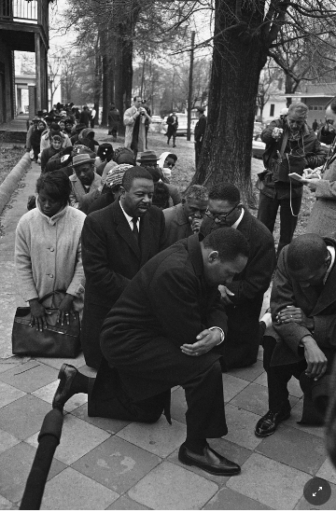
Where’s Your Anchor?
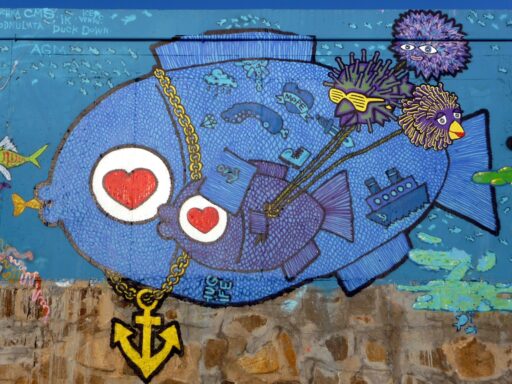
Most of us have been living in some pretty dang choppy waters for a while now. Adjustment after adjustment after adjustment, with an eye on some horizon that’s still pretty murky. A perfect prescription for seasickness. I know this state. And car sickness. And general vertigo. What I’ve learned to do from yoga is focusing on a drishti, an object in the near or far distance, to bring your outward focus inward, supporting inner (or outer) equilibrium.
Without a view of the far (or near) distant future, I’ve been noticing more internal vertigo, a frequent disorientation, with all the unknowns and the moving ground under my feet. Once I remember what truly matters, I’m fine. Breathing, slow and steady, helps. Or prayer, especially on dark and anxious nights.
And then I remember a private interview with some Babalaos, or priests in the Santeria community of Cuba, a few years ago. Once they uncovered my guardian spirit, Yemaya, the ocean, they became very concerned. It turns out that people of my archetypal temperament need an anchor connecting with the deepest parts of the ocean. As it so happens, Yemaya’s consort is Okalun, who lives unseen in the deeps and can be counted on to prevent capsizing. The priests were bent on convincing me that I should take an anchor home with me in a very large blue ceramic pot, probably not advisable with post-911 security.
But I’m thinking of their advice this evening; with no focusing point on the horizon, I suddenly feel the crucial need for an anchor. Where is my anchor? I think. And there’s such simplicity in the answer, a deceptive simplicity: It’s the love. The deepest mystery of the love. 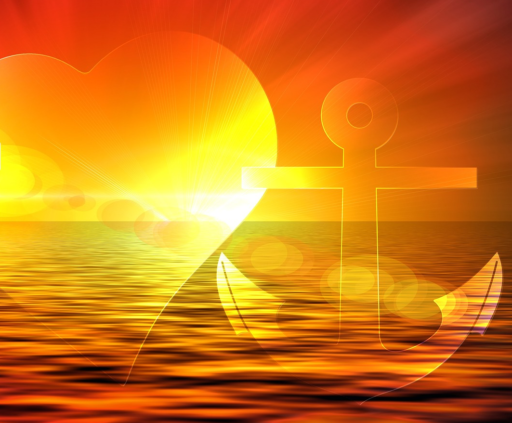
And from that knowing, everything becomes clear.
Love is profoundly deep, beyond description, but some things are not a mystery. Love would object to treating anyone as inferior, especially refusing them their humanity or their life. The cable to this anchor is unfrayed, unafraid. When I recognize this, the vertigo is over. I know what to do. And I lead with love, the best I can. One step at a time.
Anchored in the Mystery of Love,
SgB
